Bronze with nuanced brown patina .
The lion figure roaring and the serpent hissing , a mixture of brute strength and agility immediately stand out .
Barye offers us an epic duel between the king of beasts and a devious and cunning adversary , the serpent .
The feeling of domination is all the more reinforced by his bristling mane which gives even more volume and presence to the lion .
The snake has no choice but to turn in on itself and try to bite .
Signature of the sculptor " BARYE " , hollow , on the naturalist terrace .
Cast iron from an old edition , 19th century period .
Very good state of preservation and patina .
So much realism is not due to chance . Indeed , Antoine Louis Barye knows animal anatomy perfectly .
The sculptor has revolutionized the way of representing animals . For him, they are no longer political symbols or even mythological attributes .
They become , on the contrary , the unique subject , the animal as such and nothing else .
This vision of the subject allowed Barye to create unique works , imbued with elegance and naturalism .
Antoine - Louis Barye (1795 - 1875)
Famous for his animal sculptures , Antoine-Louis Barye is a silversmith's son , who is trained in metalwork with a military equipment manufacturer and Jacques - Henri Fauconnier.
In 1818 , he entered the Ecole des Beaux - Arts in Paris and apprenticed in the studio of sculptor François Joseph Bosio and painter Jean-Antoine Gros.
After several failures at the Grand Prix de Rome , Barye slammed the door of the Fine Arts in 1825 .
He then turned to animal sculpture which he would bring back up to date .
With his friend Delacroix , he goes regularly to the menagerie of the Natural History Museum to study and observe animals .
It was in 1831 that Barye made himself known to the general public by exhibiting " The Tiger Devouring a Gavial " (Louvre) at the Salon , a work staging a violent fight "of impressive virtuosity".
Two years later , he triumphed with " The Lion au Serpent " plaster , which was also successfully exhibited in its bronze version at the Salon of 1836 .
Preferring bronze to marble considered too cold , the artist multiplied statuettes and small groups animals that he melts and chisels himself .
Barye died at the age of 80 , leaving behind an important production of drawings , watercolors and paintings as well as sculptures , pieces of goldsmith's work .
His works can be seen at the Louvre and Orsay Museums .



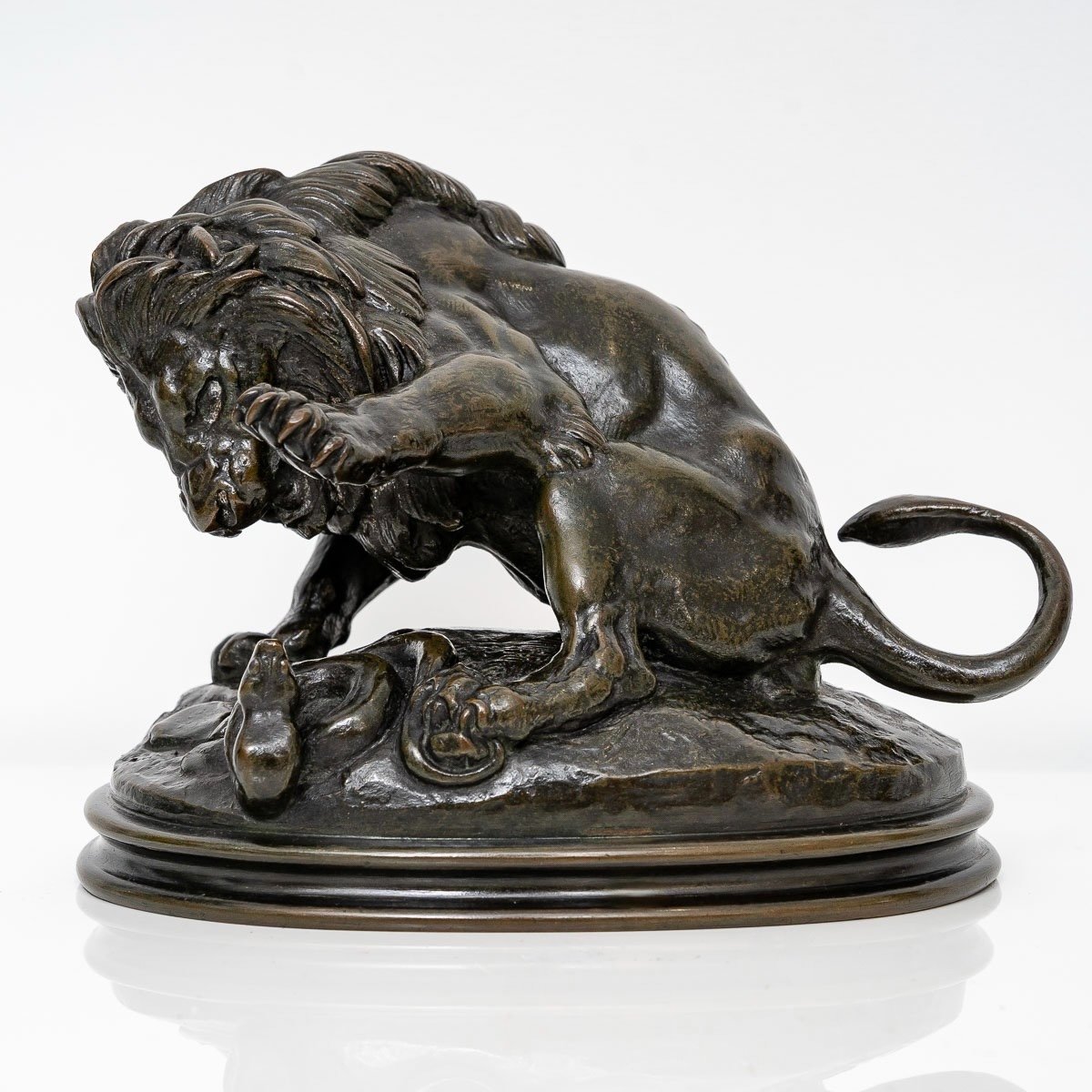


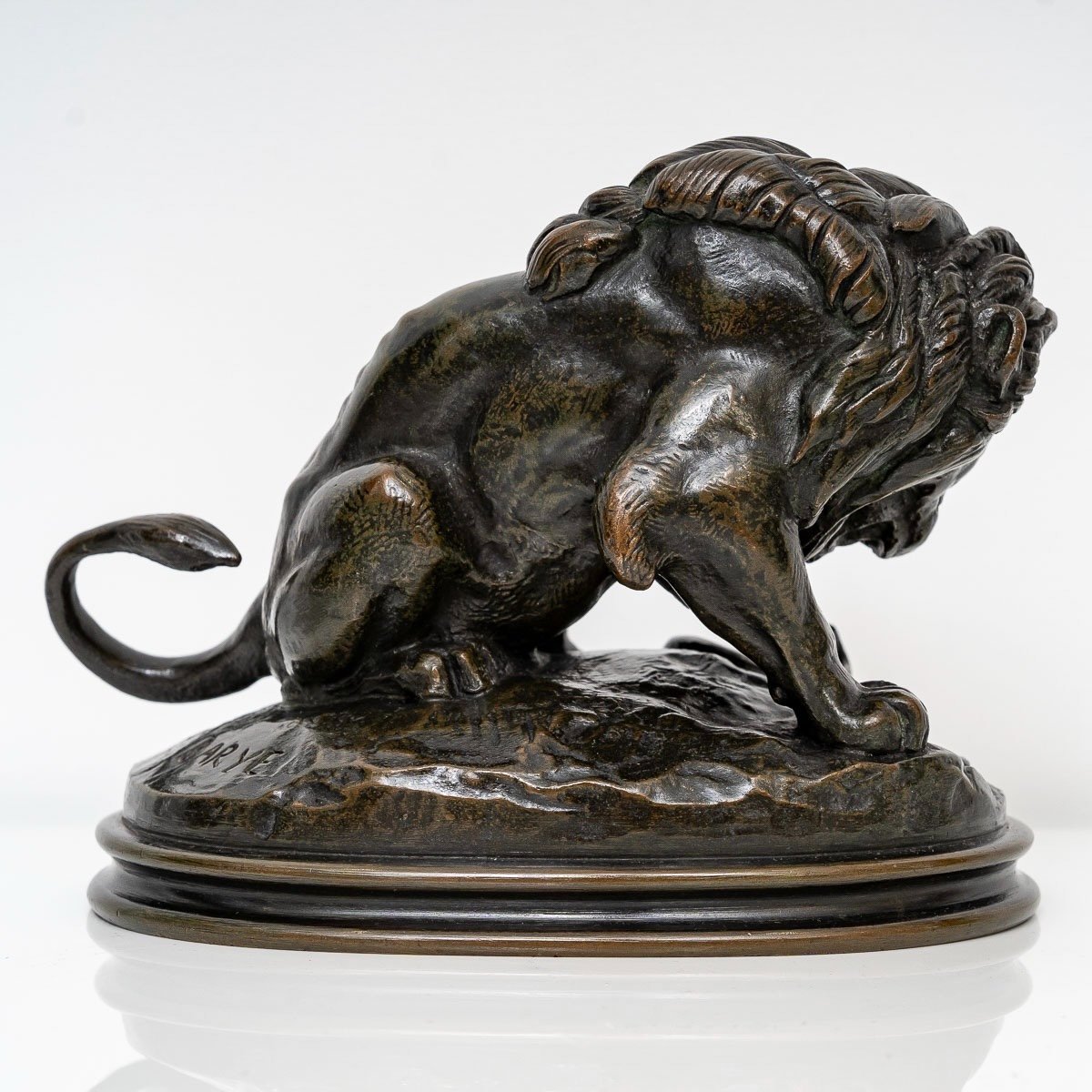





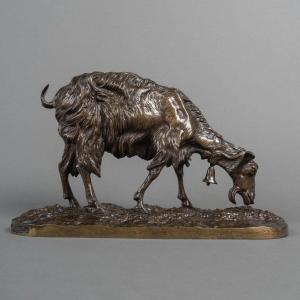



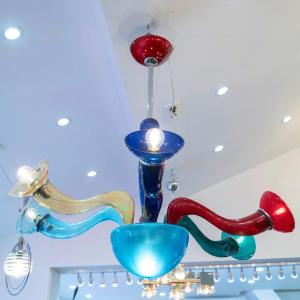

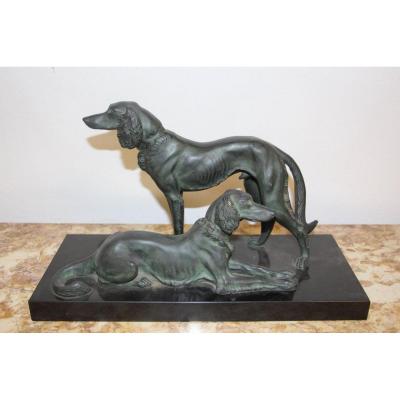







 Le Magazine de PROANTIC
Le Magazine de PROANTIC TRÉSORS Magazine
TRÉSORS Magazine Rivista Artiquariato
Rivista Artiquariato
